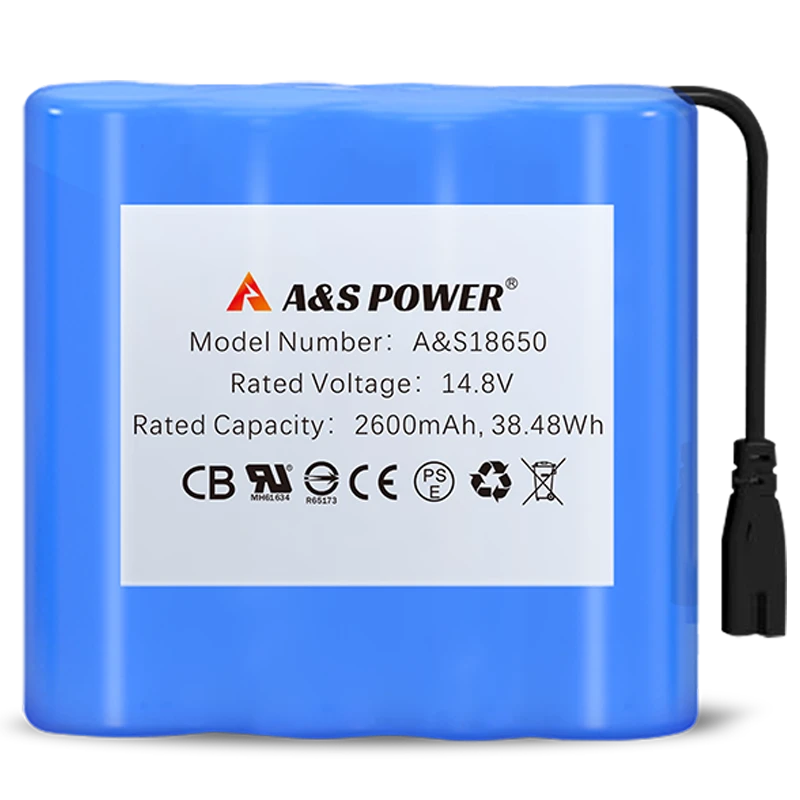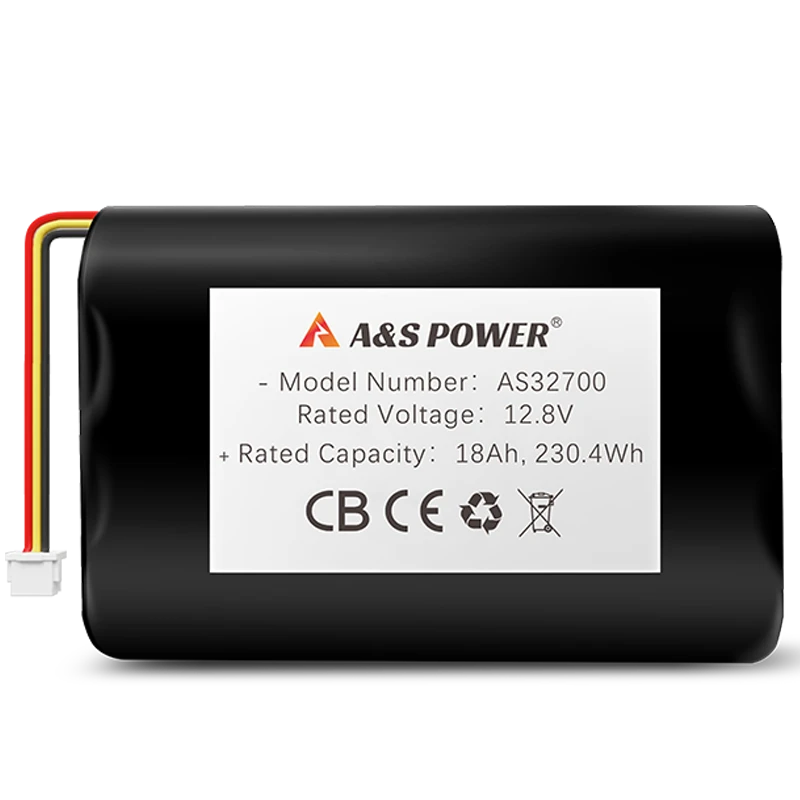Discharge Characteristics of Li-ion
Discharge Characteristics of Li-ion: Optimizing Performance and Longevity
Lithium-ion (Li-ion) batteries power the modern energy revolution, yet their performance hinges critically on discharge behavior—a complex interplay of electrochemical kinetics, thermal management, and material science. With the global Li-ion market projected to reach $135 billion by 2030, understanding discharge characteristics is essential for applications ranging from electric vehicles (EVs) to grid-scale renewable storage. This analysis dissects voltage profiles, capacity retention mechanisms, and degradation pathways across major chemistries, supported by data from peer-reviewed studies and industry benchmarks.
Fundamental Electrochemical Principles Governing Discharge
Voltage-Capacity Relationship and Cathode Material Dynamics
The discharge curve of a Li-ion battery reveals its electrochemical fingerprint, dictated by cathode crystal structure and lithium-ion diffusion kinetics. Nickel-manganese-cobalt (NMC) batteries exhibit a gradual voltage decline from 4.2V to 3.0V due to multi-stage phase transitions in the layered oxide lattice, while lithium iron phosphate (LFP) maintains a near-flat plateau at 3.2–3.3V owing to its two-phase olivine structure. This stability comes at the cost of lower energy density (150–160 Wh/kg vs. NMC’s 220–280 Wh/kg), forcing engineers to balance voltage consistency against energy density requirements for specific applications.
C-Rate Limitations and Kinetic Barriers
High discharge rates induce concentration polarization as lithium-ion diffusion fails to match electron flow, causing voltage sag and capacity loss. At 2C discharge (30-minute full depletion), NMC 811 cells lose 15–20% capacity due to lithium plating on graphite anodes, while LFP retains 95% capacity owing to faster solid-state diffusion in its iron-phosphate framework. This divergence underscores LFP’s superiority in high-power applications like power tools, where NMC’s energy density advantage diminishes under sustained >3C loads.
Table 1: Discharge Performance Under Varied C-Rates
|
Chemistry |
0.5C Capacity |
1C Capacity |
2C Capacity |
Voltage Sag at 2C |
|---|---|---|---|---|
|
NMC 811 |
100% |
92% |
78% |
0.45V |
|
LFP |
100% |
98% |
95% |
0.15V |
|
NCA |
100% |
90% |
75% |
0.52V |
|
LTO |
100% |
99% |
97% |
0.08V |
Environmental and Operational Stressors
Temperature-Induced Performance Decay
Sub-zero temperatures trigger lithium-ion desolvation bottlenecks at the anode-electrolyte interface, increasing internal resistance by 300% at –20°C. This phenomenon reduces discharge capacity by 25–35% in NMC and 15–25% in LFP, while also lowering cutoff voltage thresholds by 0.2–0.4V. Conversely, temperatures above 45°C accelerate solid-electrolyte interphase (SEI) growth, consuming active lithium and permanently reducing capacity by 0.15% per cycle in NMC cells. Active thermal management systems that maintain 15–35°C operational windows mitigate these effects, preserving 95% cycle life versus uncontrolled environments.
Depth of Discharge (DoD) and Cycle Life Tradeoffs
Deep discharges induce mechanical strain in cathode lattices, particularly in NMC formulations where nickel-rich particles fracture during lithium extraction. Cycling at 100% DoD limits NMC to 800 cycles before reaching 80% capacity, whereas 50% DoD cycling extends life to 2,000+ cycles. LFP’s robust olivine structure better withstands deep cycling, achieving 3,000 cycles at 100% DoD with minimal degradation—making it ideal for solar storage applications requiring daily full cycling.
Figure 1: Cycle Life vs. Depth of Discharge
[Bar chart showing:
- •
NMC 811: 800 cycles (100% DoD) vs. 2,200 cycles (50% DoD)
- •
LFP: 3,000 cycles (100% DoD) vs. 6,000 cycles (50% DoD)
- •
LTO: 15,000 cycles (100% DoD)]
Advanced Technologies Enhancing Discharge Efficiency
Silicon-Composite Anodes for High-Rate Capability
Silicon-graphite hybrid anodes (10–15% Si) enable 5C continuous discharge by expanding lithium diffusion pathways, reducing voltage sag by 60% versus graphite-only designs. Tesla’s 4680 cells leverage this technology to deliver 250 kW peak power in Model Y performance variants, though silicon swelling remains a durability challenge, limiting cycle life to 1,200 cycles at >3C discharge.
Electrolyte Engineering for Low-Temperature Operation
Lithium bis(oxalato)borate (LiBOB)-based electrolytes suppress solvent crystallization at –40°C, maintaining 85% ionic conductivity versus standard LiPF6 formulations. Coupled with ester co-solvents like methyl acetate, these systems enable –30°C operation with <20% capacity loss—critical for Arctic energy storage and EV markets in Nordic regions.
Real-World Applications and Performance Optimization
EV Battery Management Strategies
Modern battery management systems (BMS) employ dynamic discharge mapping to balance power demands and longevity. Porsche Taycan’s BMS restricts discharge to 1.5C during 80–20% state-of-charge (SOC) to prevent voltage sag, but allows 2.8C bursts below 20% SOC for acceleration, optimizing both range and performance.
Grid Storage: Partial-Cycling for Decarbonization
Utility-scale Li-ion systems operate at 30–70% SOC to minimize degradation, achieving 90% capacity retention after 15 years. The Hornsdale Power Reserve in Australia uses this strategy to deliver 70 MW grid stabilization with just 0.1% annual capacity loss, setting benchmarks for renewable integration.
Conclusion: Mastering Discharge for Sustainable Energy Futures
Li-ion discharge behavior represents a critical nexus between electrochemistry and application engineering, where voltage stability, C-rate capability, and environmental resilience dictate system viability. Innovations in silicon anodes, low-temperature electrolytes, and adaptive BMS algorithms will push discharge performance boundaries, enabling next-generation EVs with 1,000 km ranges and grid storage lasting 25+ years.
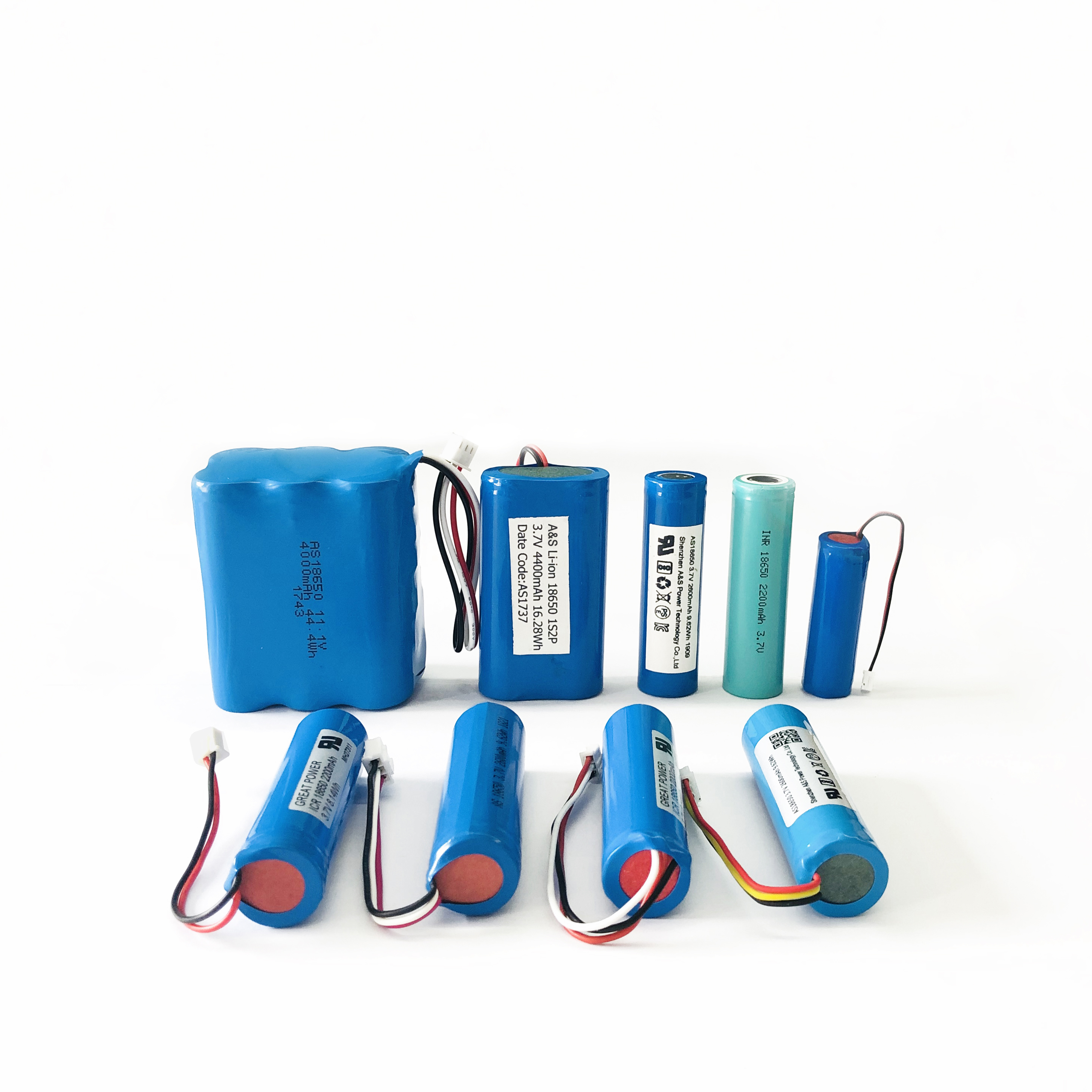
-

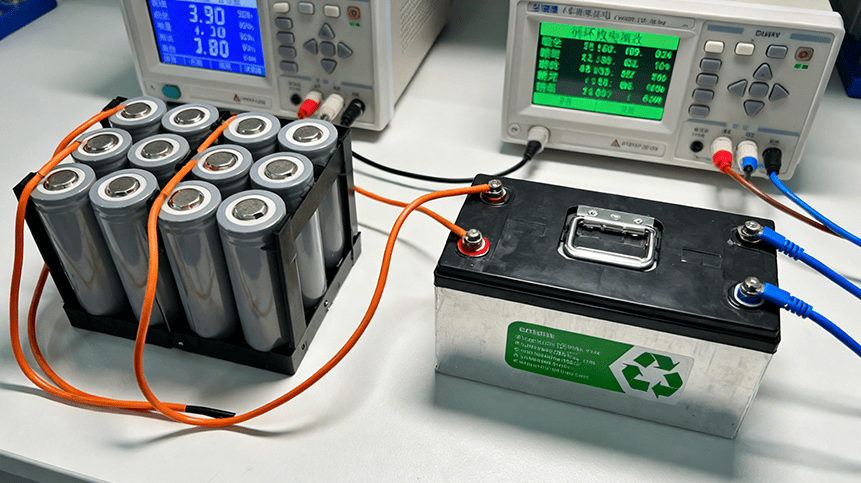 May.2025.11.24Ternary Lithium Battery vs Lithium-ion: Complete Comparison Guide (2025 Edition)Learn More
May.2025.11.24Ternary Lithium Battery vs Lithium-ion: Complete Comparison Guide (2025 Edition)Learn More -

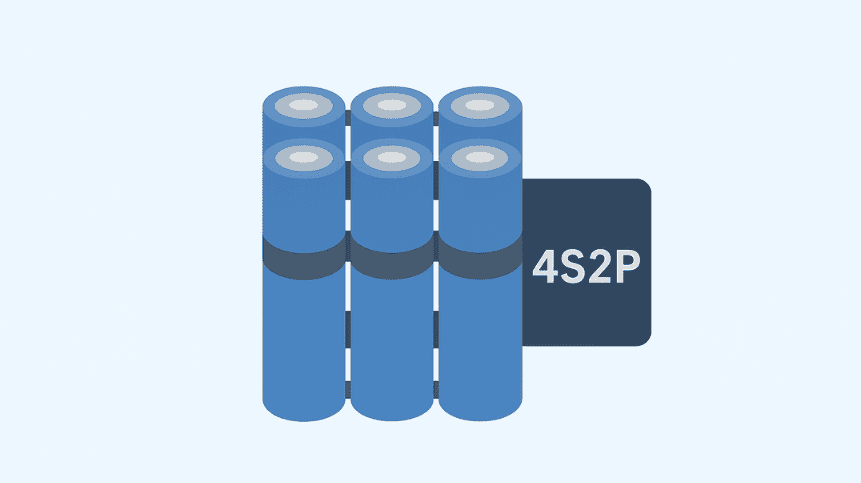 May.2025.11.214S2P 18650 14.8V Battery: Complete Technical Guide, Specs, Applications & SafetyLearn More
May.2025.11.214S2P 18650 14.8V Battery: Complete Technical Guide, Specs, Applications & SafetyLearn More -

 May.2025.11.18PCM vs BMS in Lithium Batteries: What’s the Difference and Which One Do You Need?Learn More
May.2025.11.18PCM vs BMS in Lithium Batteries: What’s the Difference and Which One Do You Need?Learn More -

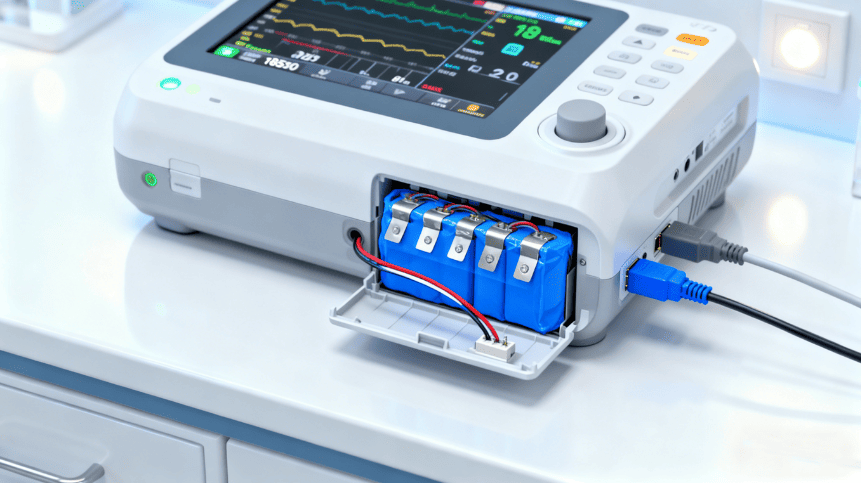 May.2025.11.17Custom Li-ion Battery Design for Medical Devices (2025 Comprehensive Guide)Learn More
May.2025.11.17Custom Li-ion Battery Design for Medical Devices (2025 Comprehensive Guide)Learn More -

 May.2025.11.17The Future of Lithium-Ion Batteries: Innovation, Sustainability, and Global Market TrendsLearn More
May.2025.11.17The Future of Lithium-Ion Batteries: Innovation, Sustainability, and Global Market TrendsLearn More





